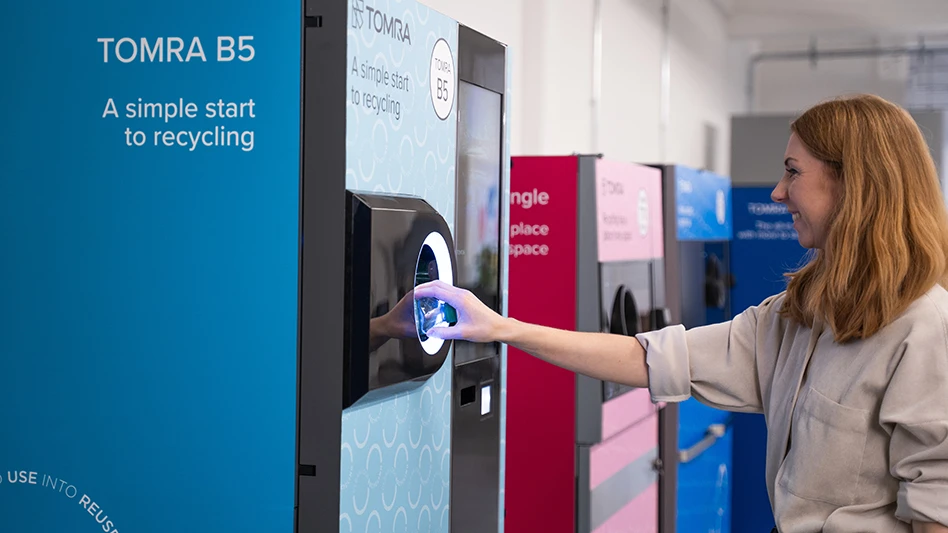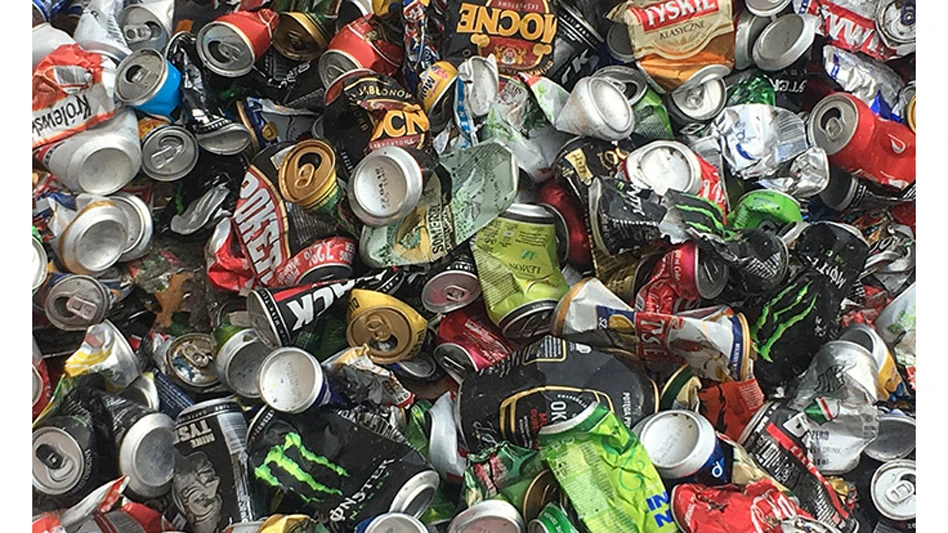
The Plastics Industry Association (Plastics), Washington, plans to build a database of recycling companies that can accept and process automotive bumper bales that correspond to the Institute of Scrap Recycling Industries (ISRI), Washington, specification.
If you represent a recycling company that processes end-of-life (ELV) bumpers and would like to be included in this directory, please contact Ashley Hood-Morley, Plastics director of sustainability, at ahoodmorley@plasticsindustry.org.
Approximately 12 million to 15 million vehicles are scrapped each year in the U.S. The average lifespan of a vehicle is estimated to be 11 years. Factors like increased Corporate Average Fuel Economy (CAFE) standards and the increased design freedom afforded by plastics are driving the increased use of plastics in new vehicles, Plastics says. Recovery of plastic components before ELVs are shredded is largely driven by the resale market, but some recovery for mechanical recycling also is occurring.
Plastics says it has been leading an effort that began in 2015 to demonstrate the viability of collecting and recycling plastics from ELVs and to build a basic recovery model, beginning with thermoplastic polyolefin (TPO) bumpers. This model can be expanded to include a broader range of resins and parts over time, the association says. Overall, the goal is to maximize the recovery of valuable plastic components in ELVs for recycling before auto hulks are shredded.
Over the past few years, members of the project team have processed several bales of bumpers and conducted a variety of testing on the recovered TPO. Two streams of material were tested—one in which the bumpers were subjected to a paint removal process and one in which the paint was left on the bumpers. These evaluations suggest strong demand for the recycled TPO if the right end markets are identified, Plastics says, adding, that it is critical to identify the supply and demand sides to this equation.
The association says it continues to work with project members to provide material samples for testing and to prove out end markets, which could create new opportunities for auto recyclers to generate revenue.
More information about Plastics’ recycling demonstration projects, including the ELV project and the Phase I Technology Report, is at www.plasticsindustry.org/supply-chain/sustainability/recycling-demonstration-projects. The report for Phases II and III is expected to be released in the first quarter of this year, the association says.
Latest from Recycling Today
- ReMA urges open intra-North American scrap trade
- Axium awarded by regional organization
- China to introduce steel export quotas
- Thyssenkrupp idles capacity in Europe
- Phoenix Technologies closes Ohio rPET facility
- EPA selects 2 governments in Pennsylvania to receive recycling, waste grants
- NWRA Florida Chapter announces 2025 Legislative Champion Awards
- Goldman Sachs Research: Copper prices to decline in 2026





